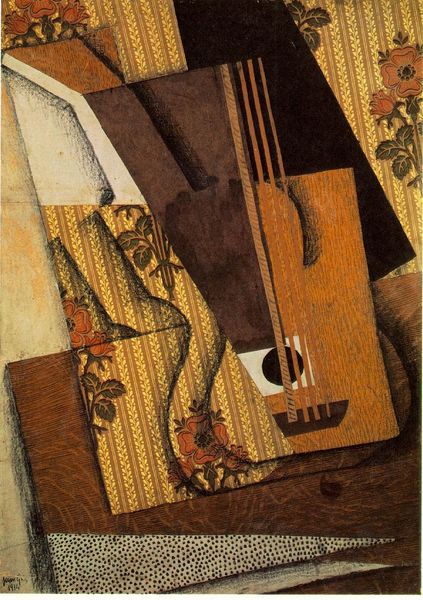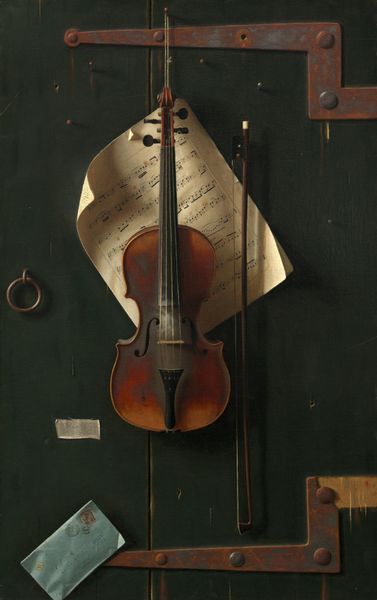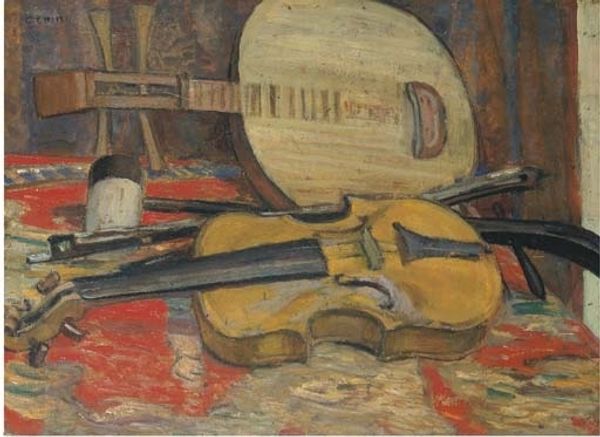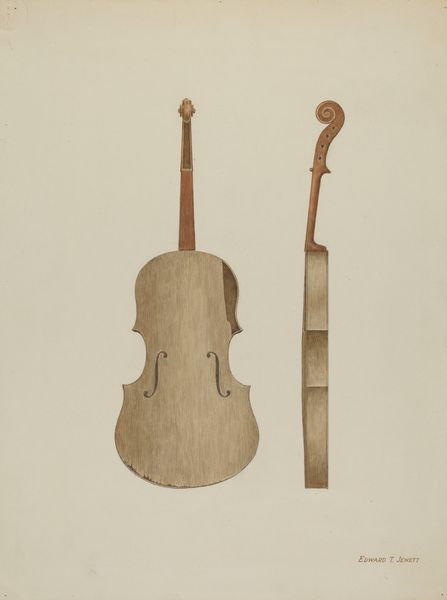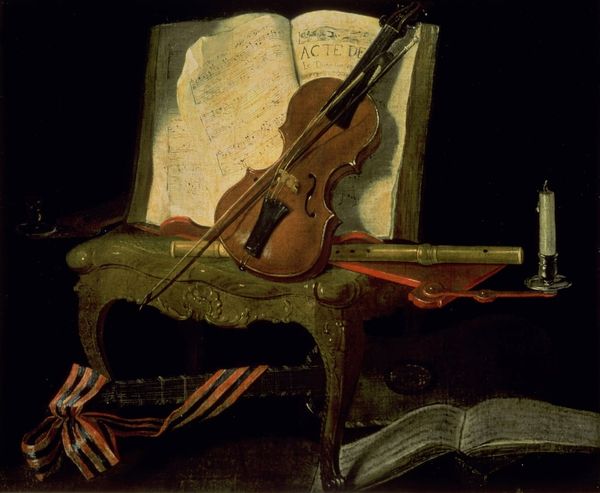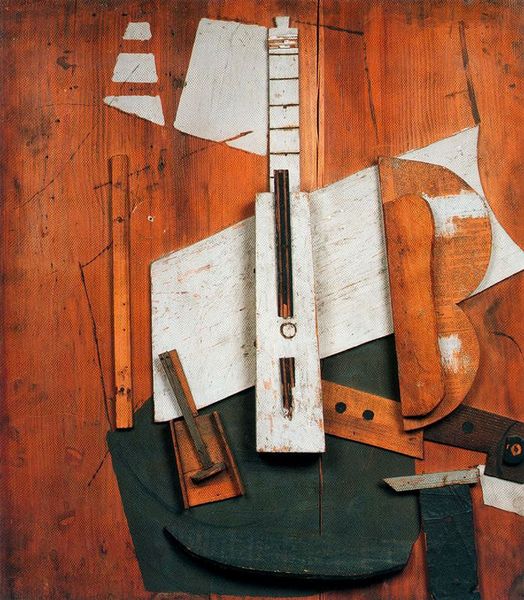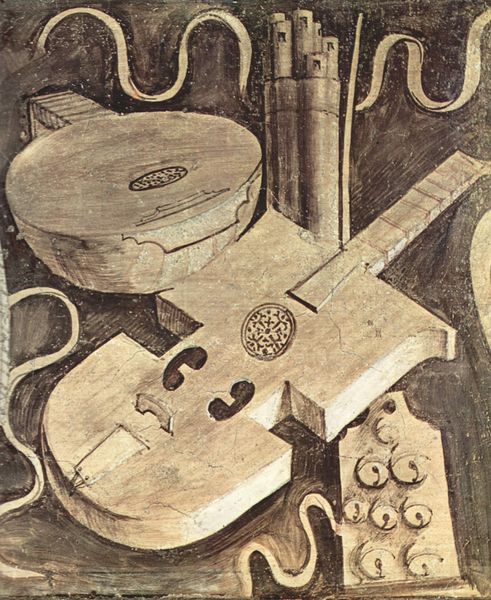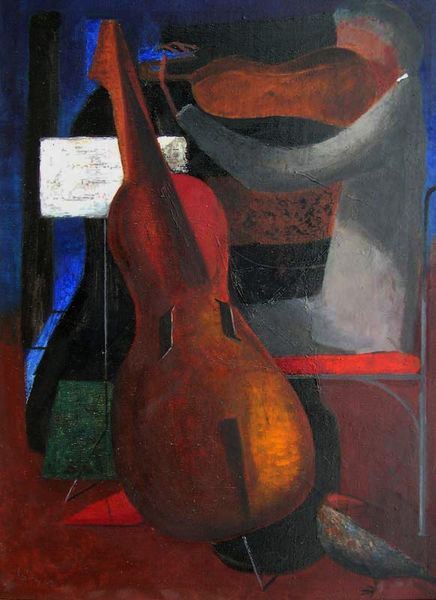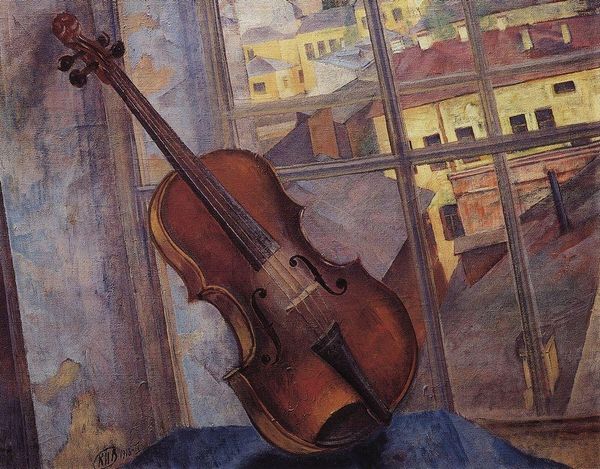
Board Partition with Musical Instruments. Trompe l'oeil 1672
0:00
0:00
oil-paint
#
baroque
#
dutch-golden-age
#
oil-paint
#
perspective
#
oil painting
#
trompe-l'oeil
Dimensions: 169 cm (height) x 115 cm (width) (Netto), 181.3 cm (height) x 127.5 cm (width) x 9 cm (depth) (Brutto)
Editor: Here we have Franciscus Gijsbrechts’ “Board Partition with Musical Instruments. Trompe l'oeil”, from 1672, rendered in oil paint. The illusion is remarkably convincing. What draws your eye in this composition? Curator: The array of materials interests me most. Look at the grain of the wooden paneling versus the polished sheen of the instruments. Gijsbrechts forces us to consider not just *what* is depicted, but *how* these objects were made, handled, and perhaps even consumed. Think of the craftmanship of luthiers alongside the labor needed to produce and prepare oil paint. Is it elevating craft to the status of high art, or pointing to the commodity aspect that underlines artistic production? Editor: I hadn’t considered that connection. The almost photo-realistic quality distracts from the effort behind it all. Are you suggesting that this painting isn't just about skillful imitation, but about labor? Curator: Precisely! "Trompe-l'oeil" itself becomes a means to reveal the material conditions of art. By showcasing such ordinary materials, Gijsbrechts questions what truly constitutes artistic value. Notice also how these musical instruments aren't pristine. They look worn and used. This subtly underscores the everyday realities of music-making within a particular social context. What story can you create around the type of user they represent? Editor: The materiality, and also the context for that matter, tells more than a well-composed still life! Thanks for sharing your perspective! Curator: My pleasure. It’s through analyzing such material details that we gain a deeper appreciation for the complexities embedded within art, beyond just its aesthetic surface.
Comments
No comments
Be the first to comment and join the conversation on the ultimate creative platform.


